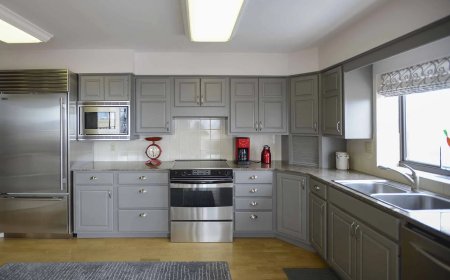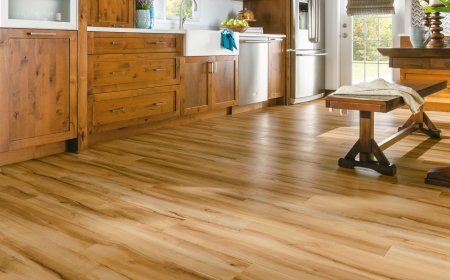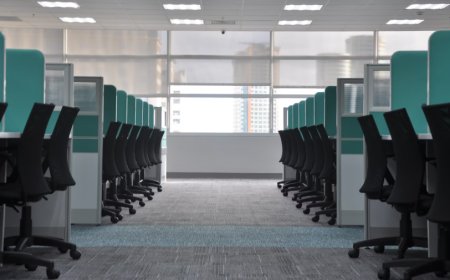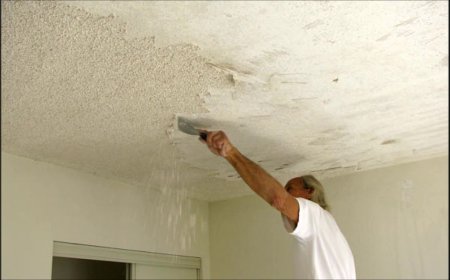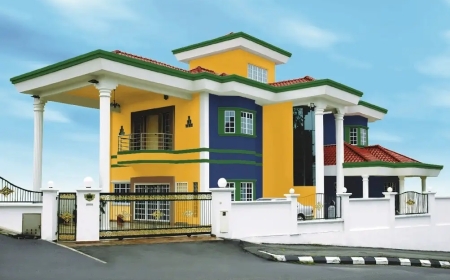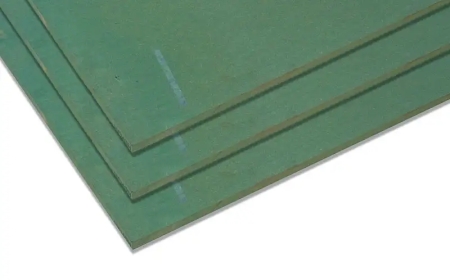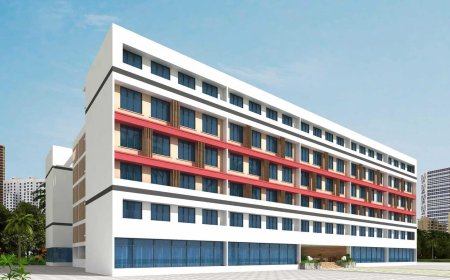Eco-Engineering in Action: Sustainable Steel Structures and Green Construction Side by Side
Eco-Engineering in Action: Sustainable Steel Structures and Green Construction Side by Side

The Future of Building is Green and Steel-Strong
In the face of accelerating climate change, urban expansion, and rising energy demands, the construction industry is undergoing a transformative shift toward sustainability. At the forefront of this green revolution are two powerful concepts: sustainable steel structures and green construction. These arent just buzzwordsthey represent a fundamental rethinking of how we build our homes, offices, bridges, and infrastructure to align with environmental stewardship, energy efficiency, and long-term viability.
Eco-engineering, the harmonious integration of environmental considerations into engineering design, is now shaping the future of architecture and construction. As cities strive to reduce their carbon footprints and developers look for durable, recyclable materials, sustainable steel structures and green building practices are emerging as complementary solutions that deliver strength, efficiency, and ecological responsibility. This article explores how these approaches intersect, their distinct benefits, and how you can make smart, sustainable choices for future projects.
Understanding Sustainable Steel Structures
Sustainable steel structures refer to buildings or infrastructure made primarily from steel that is produced, fabricated, and assembled in environmentally friendly ways. Steel is a favored material due to its high strength-to-weight ratio, durability, and 100% recyclability.
Key Characteristics of Sustainable Steel:
-
Recyclability: Steel can be recycled indefinitely without loss of quality, making it a closed-loop material.
-
Reduced Material Waste: Prefabricated steel components minimize waste during construction.
-
Energy Efficiency: Modern steel production increasingly relies on renewable energy sources and electric arc furnaces (EAF).
-
Adaptability: Steel structures can be easily disassembled, relocated, or modified, extending their lifecycle and reducing demolition waste.
Applications:
From skyscrapers and bridges to residential buildings and industrial warehouses, steels flexibility makes it ideal for projects where durability, design freedom, and sustainability are priorities.
What Is Green Construction?
Green construction, or green building, encompasses a broader philosophy and set of practices aimed at minimizing the environmental impact of buildings throughout their life cycles. It involves using energy-efficient systems, eco-friendly materials, low-impact construction methods, and site-sensitive designs.
Core Elements of Green Construction:
-
Energy Efficiency: Solar panels, LED lighting, insulation, and smart HVAC systems.
-
Water Conservation: Greywater recycling, low-flow fixtures, and rainwater harvesting.
-
Sustainable Materials: Bamboo, recycled concrete, low-VOC paints, and FSC-certified wood.
-
Indoor Environmental Quality: Enhanced ventilation, non-toxic materials, and natural lighting.
Green construction looks beyond the physical structure to address how a building interacts with its surroundings, energy grid, and inhabitants. It's a holistic approach to sustainable development.
How They Work Together: Eco-Engineering in Harmony
While sustainable steel structures focus on the materials and structural systems, green construction addresses the broader environmental performance of buildings. When combined, they create highly efficient, low-carbon, high-performance buildings.
For example:
-
A LEED-certified office building might use a steel frame fabricated from recycled materials and designed to reduce thermal bridging, while incorporating green features like solar panels and daylighting.
-
Modular steel homes can be prefabricated in energy-efficient factories and installed on-site with minimal disruption, aligning with green construction principles.
Together, these approaches optimize:
-
Embodied and operational carbon reduction
-
Construction efficiency
-
Lifecycle sustainability
Comparison Table: Sustainable Steel Structures vs. Green Construction
|
Feature/Aspect |
Sustainable Steel Structures |
Green Construction |
|
Primary Focus |
Material efficiency and recyclability |
Overall environmental impact throughout building lifecycle |
|
Key Materials |
Recycled steel, cold-formed steel |
Bamboo, recycled wood, low-VOC paints, etc. |
|
Carbon Footprint |
Reduced via recycling and efficient manufacturing |
Reduced through energy-saving systems and eco-friendly design |
|
Durability |
High resistant to weather, pests, and fire |
Varies based on materials used |
|
Construction Time |
Faster due to prefabrication |
Moderate depends on complexity of systems |
|
Design Flexibility |
High allows for long spans and complex geometries |
Moderate to high depending on materials and systems |
|
End-of-Life Impact |
Fully recyclable, low demolition waste |
Depends on material reuse and deconstruction methods |
|
Certifications |
Often used in LEED, BREEAM certified buildings |
LEED, WELL, Green Globes, etc. |
|
Cost Efficiency |
Moderate upfront cost, long-term savings |
Higher upfront cost, long-term energy savings |
Analysis:
This table shows that while sustainable steel structures excel in recyclability, strength, and modularity, green construction covers a broader environmental scope, from energy use to occupant health. The sweet spot is when both strategies are integratedusing steel as the sustainable backbone of buildings designed with eco-principles. This synergy offers maximum efficiency, minimum waste, and optimal long-term performance.
Practical Tips: Choosing the Right Path for Your Project
If you're planning a construction project and want to build sustainably, here are some actionable tips:
-
Evaluate Your Priorities:
If your primary concern is structural strength, recyclability, and speed of construction, opt for sustainable steel. If you're focused on indoor air quality and energy performance, lean into green construction techniques.
-
Combine Both Approaches:
Use a steel structure for the building frame and integrate green construction features like high-efficiency HVAC systems, solar panels, and eco-friendly insulation.
-
Look for Certifications:
Aim for LEED, BREEAM, or EDGE certifications to ensure that your project meets internationally recognized sustainability benchmarks.
-
Work with Experienced Professionals:
Hire architects, engineers, and contractors familiar with eco-engineering principles. Their expertise will ensure you achieve both performance and compliance goals.
-
Plan for the Lifecycle:
Think beyond constructionconsider maintenance, energy use, adaptability, and end-of-life recyclability.
FAQ: Common Questions About Sustainable Steel & Green Building
Q1: Is steel really sustainable given its energy-intensive production?
Yes, modern steel production uses electric arc furnaces (EAF), which rely heavily on recycled scrap steel and require less energy than traditional blast furnaces. Steel is also infinitely recyclable without degradation, making it a net-positive material in many green projects.
Q2: Can steel buildings be LEED certified?
Absolutely. Many LEED-certified buildings use steel structures, particularly when combined with energy-efficient systems, sustainable site design, and recycled materials.
Q3: Is green construction more expensive?
Initial costs may be higher due to premium materials and systems, but long-term savings on energy, water, and maintenance often outweigh the upfront investment.
Q4: What are the best green materials to use with steel?
Insulated metal panels, low-VOC coatings, cool roofing materials, eco-friendly insulation, and double-glazed windows work well with steel structures and enhance green performance.
Q5: Can existing steel buildings be retrofitted for green standards?
Yes, many existing steel-framed buildings can be retrofitted with solar panels, LED lighting, smart thermostats, and green roofs to improve sustainability.
Conclusion: Building Smarter with Eco-Engineering
As we strive for a more sustainable world, eco-engineering offers a powerful framework to reshape how we build. Sustainable steel structures provide the foundationliterally and figurativelyfor strong, flexible, and environmentally responsible buildings. When combined with green construction practices that prioritize energy efficiency, resource conservation, and healthful environments, the result is a forward-thinking, future-ready structure.
Whether you're an architect, developer, homeowner, or policy-maker, embracing both these approaches is no longer optionalits essential. The built environment contributes significantly to global carbon emissions, but with thoughtful material choices and green strategies, we can reduce our impact and build a better world.
Take action todayevaluate your next construction project through the lens of eco-engineering. Partner with green-certified experts, choose sustainable materials, and make long-term decisions that benefit both your bottom line and the planet.



















